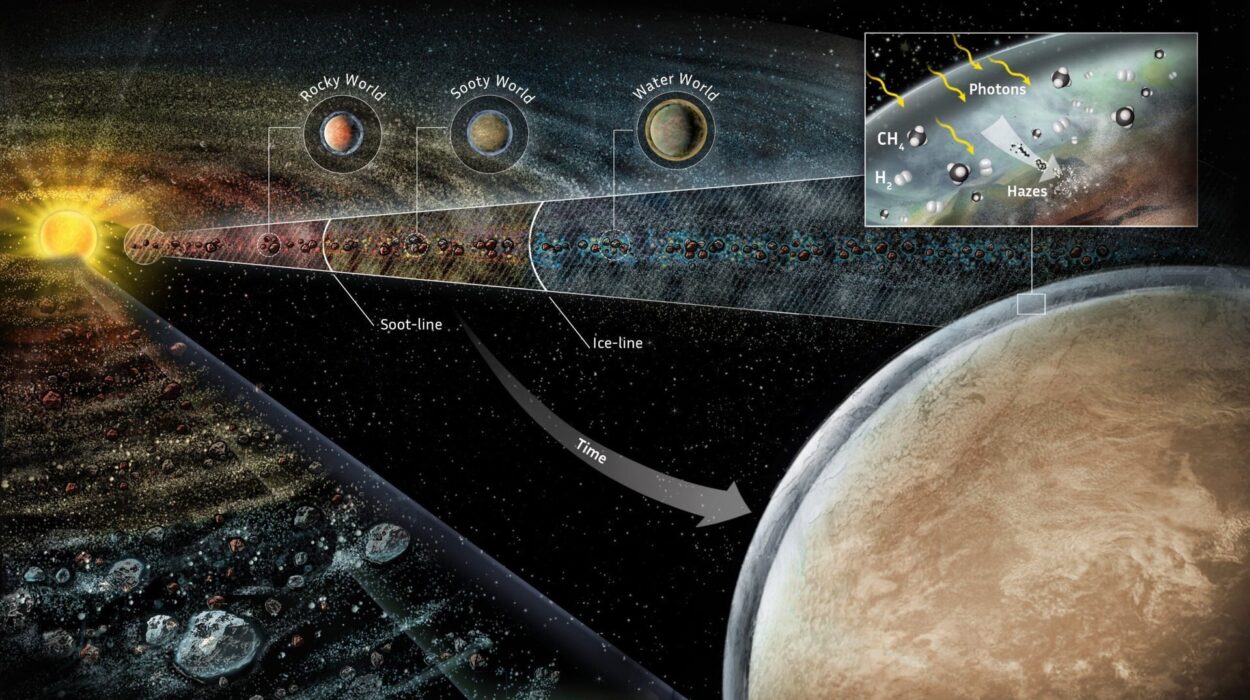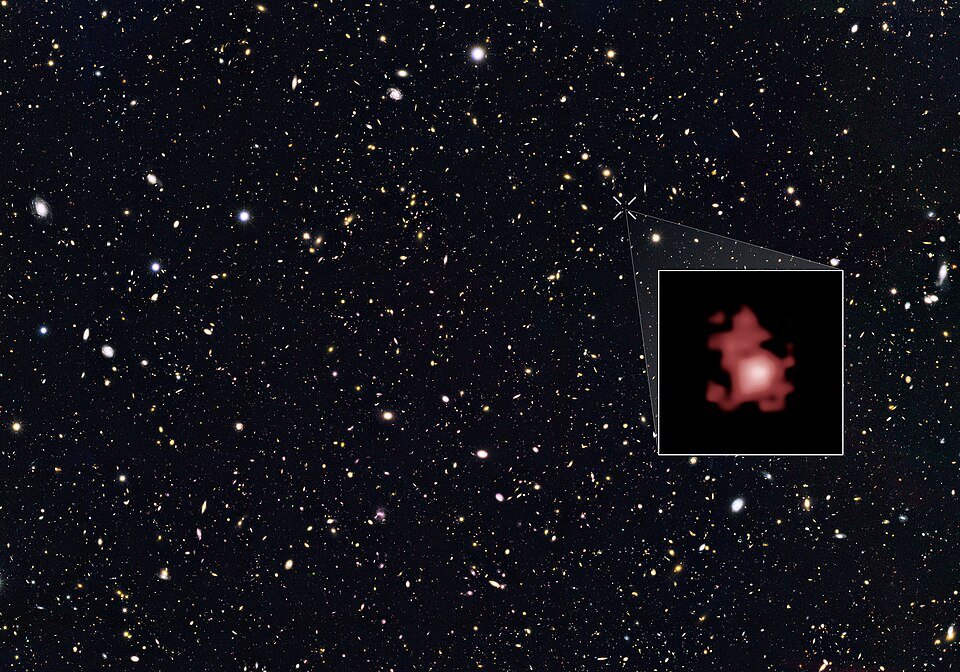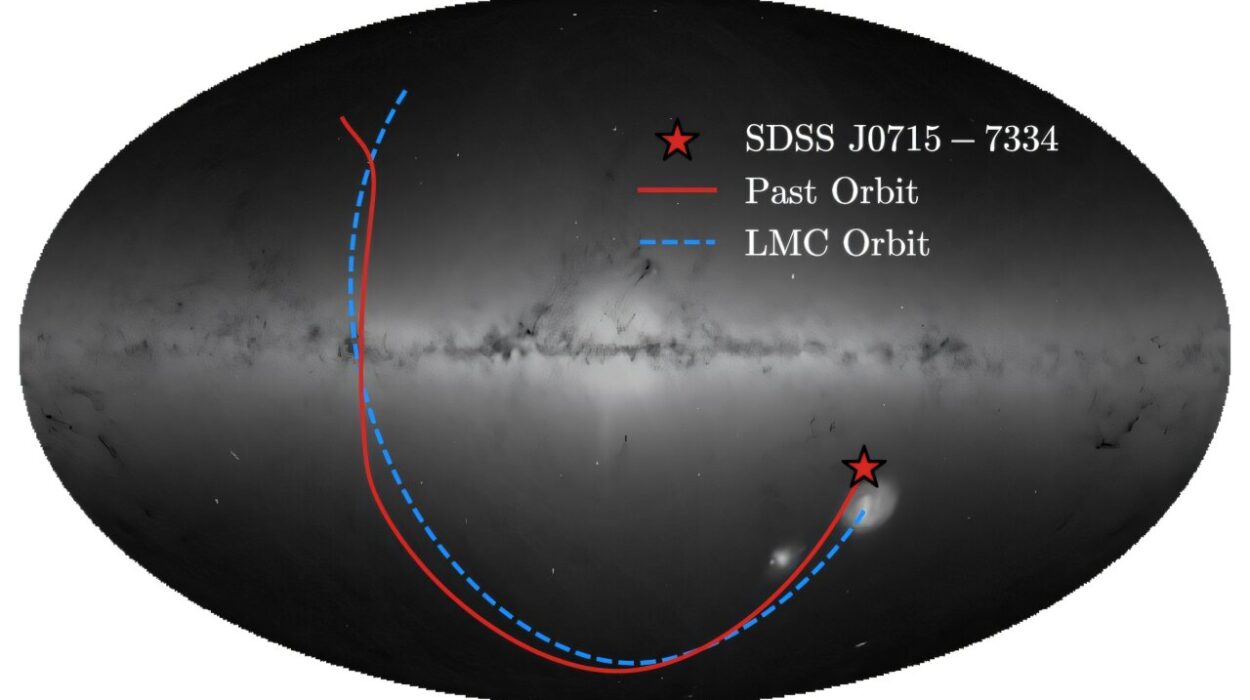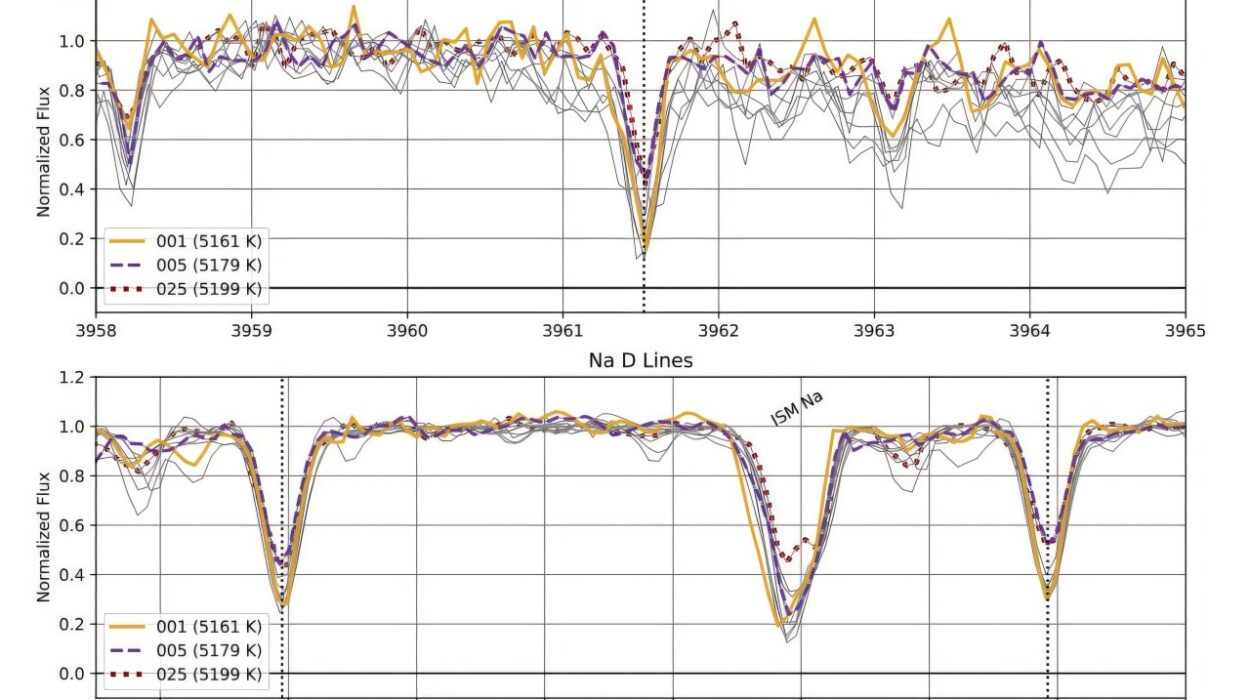Astronomers have spent decades listening for the whispers of distant planets—subtle dips in starlight, imperceptible wobbles in their stars, gravitational tugs, fleeting microlensing signatures. These indirect clues have pointed to thousands of exoplanets across the cosmos. Yet, for all this progress, most of what we know about other worlds comes without ever having seen them. We infer their existence, like shadows in the fog.
But what if we could see them?
Not merely detect their influence—but truly capture their glow, witness their light with our own instruments, and begin to understand them in vivid detail? The James Webb Space Telescope (JWST), humanity’s most powerful eye in space, is now making that dream a reality—and with a groundbreaking twist: it may soon routinely image planets like our own Jupiter and Saturn.
A new study, led by Rachel Bowens-Rubin from the University of Michigan and published in The Astrophysical Journal Letters, has unveiled a revolutionary step forward. With a new approach to JWST’s Mid-Infrared Instrument (MIRI), researchers have shown that the telescope can directly image cold gas giants orbiting nearby stars—planets with the same temperature, mass, age, and distance from their star as Jupiter and Saturn.
This is not just a technical feat. It’s a moment of revelation that could alter our perception of how rare—or common—solar systems like ours truly are.
From Hints and Shadows to Faces of Distant Giants
The challenge of imaging exoplanets is daunting. Planets are faint, their stars blindingly bright. Spotting a planet next to a star is like trying to photograph a firefly next to a floodlight—from miles away. So astronomers developed indirect methods like the transit method, which observes a dip in a star’s brightness when a planet passes in front of it, and the radial velocity method, which detects the wobble of a star caused by a planet’s gravitational pull.
These techniques are ingenious, but they come with biases. They favor massive planets close to their stars and often overlook the cooler, slower giants orbiting farther out. The planets like Jupiter and Saturn—cold, majestic wanderers—have remained frustratingly elusive.
The gold standard, therefore, is direct imaging: capturing actual photons from the planet itself. But even this method has limits. It’s usually only sensitive enough to detect young gas giants that are still hot from formation, or massive giants glowing brightly in infrared.
JWST was designed to change that. Among its four core science goals is the quest to study the birth of stars and planets. With its unmatched infrared sensitivity, coronagraphs to block starlight, and instruments like NIRCam and MIRI, it was poised to peer into planetary nurseries and outer reaches alike.
And now, thanks to Bowens-Rubin and her colleagues, we know that MIRI’s power runs even deeper.
“Cool Kids on the Block” and the Hidden Giants Nearby
The breakthrough comes from a program with a charming name: Cool Kids on the Block. This JWST observing initiative targets low-mass red dwarf stars—known as M dwarfs—within a mere 20 light-years from Earth. Why M dwarfs? They’re the most common stars in the galaxy, and their low luminosity makes it easier to spot faint planetary companions.
Using JWST’s MIRI F2100W broadband imaging mode—designed to capture infrared light at 21 microns—the team explored three nearby stellar systems: Wolf 359, EV Lac, and AD Leo.
Unlike earlier attempts using JWST’s coronagraphs, which mask a star’s light to reveal nearby planets, this approach didn’t use a coronagraph at all. Instead, it relied on MIRI’s raw imaging strength and the natural contrast at longer wavelengths between a cool star and an even cooler planet.
And the results were astonishing.
For the first time, scientists demonstrated that JWST’s MIRI imaging can detect planets as cold and distant as Jupiter and Saturn—with effective temperatures between 60 and 125 Kelvin, orbiting 5 to 30 astronomical units (AU) from their star.
It’s as if a telescope a million miles from Earth has pulled back the curtain on familiar strangers: planetary kin drifting in alien skies.
Peering Through the Clouds
Detecting these cold giants isn’t just about temperature and distance. Their atmospheres, often cloaked in clouds, pose a serious challenge. Clouds can obscure infrared emissions, muting the planet’s signature in the data. So the researchers did what any astronomer with a love of nuance would do: they modeled both clear and cloudy atmospheres, and tested how JWST would perceive them.
Their findings were as subtle as they were significant. The best match to Jupiter and Saturn’s own infrared spectra came from a mix of both cloudy and clear models. Reality, it seems, is never just one thing. But even with clouds, the MIRI imaging mode at 21 microns cut through the noise, revealing that cold giants are detectable within about 65 light-years.
This isn’t just a win for JWST. It’s a message to the universe: we’re getting better at finding your hidden worlds.
Are We Really the Oddballs?
For years, our solar system has seemed… strange. The planets we’ve detected around other stars often look nothing like ours: “hot Jupiters” hugging their stars, Neptune-sized worlds with bloated atmospheres, tightly packed orbits that leave no room for slow, distant giants like Jupiter and Saturn.
But what if we’ve been missing something?
According to microlensing studies in 2021, cold, low-mass gas giants might actually be common. There could be an average of 1.5 such planets per star system. Radial velocity surveys hint at similar patterns: that less massive giants—like Saturn—are more prevalent than the truly massive ones.
And these cold giants tend to cluster near a region known as the water snowline, where temperatures in the protoplanetary disk once dropped low enough for ice to form. It’s a zone rich in building blocks and ripe for planet formation.
If these trends hold true, the story flips: our solar system may not be the exception, but part of a quiet majority that has simply remained out of sight.
Until now.
A New Era for Exoplanet Science
Bowens-Rubin and her colleagues are clear about the implications of their work: this is just the beginning. The ability to image cold, distant exoplanets without a coronagraph opens new doors. It invites us to revisit old data with new eyes. It lays the groundwork for future observing campaigns. It offers a pathway to understanding our cosmic neighborhood—and our place within it.
Most excitingly, this breakthrough moves us closer to direct characterization of cold giants. It means we might one day not just see these planets, but study their atmospheres, chemistry, and climates, unraveling how planetary systems evolve.
“This breakthrough enables a path toward the first direct characterization of cold giant exoplanets that are analogous to the solar system’s giant planets,” the team writes.
And it does more than that. It speaks to a broader human yearning—the need to see ourselves in the universe. To ask whether our home, our gas giants, our long slow orbits—are rare or common. Are we a fluke? Or are we one of many, part of a hidden family now emerging into light?
The Universe, Unfolding
What began with blurry hints and gravitational tugs has turned into something astonishing: real images of distant giants, brothers to the ones that guard our solar system.
In a galaxy of stars, JWST is beginning to reveal a gallery of unseen worlds. With MIRI’s quiet brilliance at 21 microns, astronomers are sketching the faces of giants who have been silent for eons.
They are cold. They are far. They are real.
And thanks to the James Webb Space Telescope—and the scientists bold enough to use it differently—they are no longer hiding.
Reference: Rachel Bowens-Rubin et al, NIRCam Yells at Cloud: JWST MIRI Imaging Can Directly Detect Exoplanets of the Same Temperature, Mass, Age, and Orbital Separation as Saturn and Jupiter, The Astrophysical Journal Letters (2025). DOI: 10.3847/2041-8213/addbde






